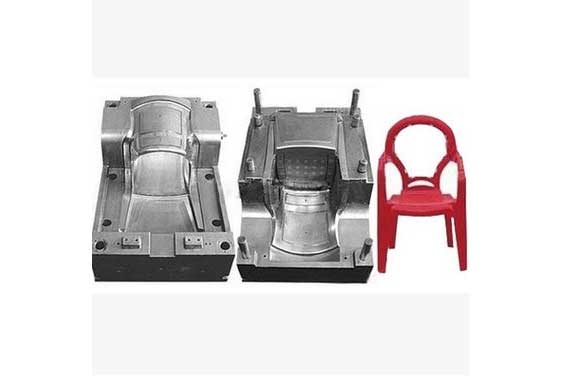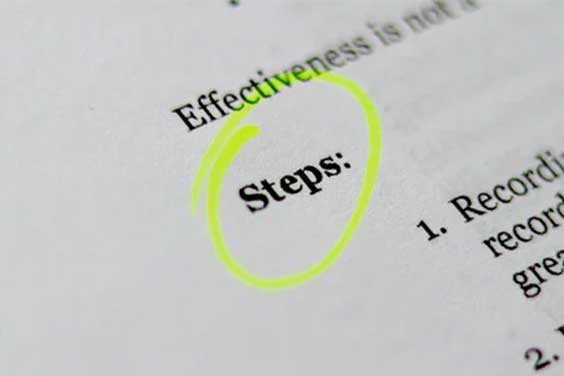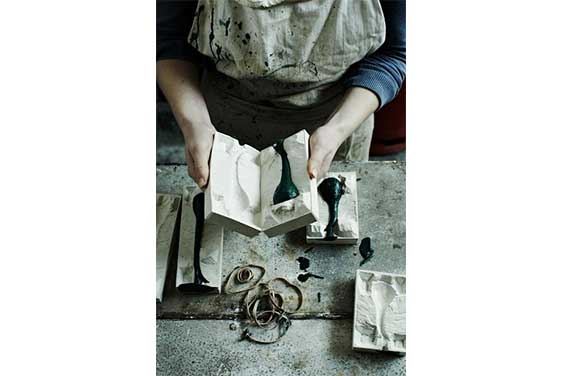Perhaps you’ve heard of the words die casting and injection molding but aren’t sure what they are or how they vary. Die casting is a process of casting metal that employs a great deal of power. The injection molding technique is quite similar to that of metal casting, except that rather than metal, plastic or polymers are utilized as raw materials for diverse products. That’s a little hazy, so let’s get into the specifics of each of these procedures.

The method of creating a part is essentially the same if die casting or injection molding is used. You design a die or mold in the shape of the part you wish to make. The material is then liquified and injected into the die/mold under constant pressure. The die/mold is then cooled using internal cooling channels and die spray on the die cavities. Finally, you remove the shot by opening the dice.
While there are some differences in method, the main distinction between die casting and injection molding is that die casting utilizes metal as the raw material, usually an aluminum alloy, whereas injection molding uses plastic or polymers.
Which one should you choose? It should be obvious if you’re using injection molding, you will end up with plastic components, but if you use die casting, you will end up with metal pieces. If you know what kind of pieces you want to finish up with, you’ll know which to utilize straight away. However, if you are unsure about which material is best for you and your product and services, continue reading.
| Advantages of Plastic Injection Molding | Disadvantages of Plastic Injection Molding |
| Plastic injection molds may hold a variety of plastic or polymer materials.Fillers can also be used to improve the strength of plastic molds.The process that is efficient and produces extremely accurate resultsA greater number of commodities may be processed in a shorter period.In the plastic injection molding machine, more than one raw material can be utilized.The technique provides for design freedom.Plastic injection molding machines generate extremely precise finished items.Manual work may be decreased since the machine is so efficient. | Physical labor and waste materials are inexpensive, but the original investment in getting an injection molding machine or even other machinery is rather pricey.Parts for diverse goods, such as bespoke buckles, must be precisely created.In every form of injection molding, the operating expenses have the potential to rise. |
| Advantages of Die Casting | Disadvantages of Die Casting |
| Die Casting is an efficient technique with a high degree of precision that eliminates the need for subsequent processes.Complicated patterns may be cast more readily.Produces higher-quality, more-tolerant goods that will last longer.It is capable of generating commodities with high precision.Increased production rates are achievable due to the equipment utilized in this procedure.The requirement for supplementary machinery is minimized or even eliminated as a result of its efficiency.Thousands of similar castings may be mass-produced! | This manufacturing method is only applicable to raw materials containing high-fluidity components.The initial cost, like that of injection molding, may be considerable.The casting has to be less than 600 millimeters in length and weighing less than 31 grams. |

The stages and variations of injection molding are quite similar to die casting, with the exception that plastic producers utilize plastic or polymers rather than metal as the raw materials.

Each of these production methods is tailored to a certain set of materials. Injection molding, which needs materials with extremely low viscosities in liquid form, thermoplastic polymers such as ABS, polypropylene, TPU, and polyethylene are widely utilized. Because of their low viscosities, the material may acquire shape. Thermoset materials, such as thermoset polyurethanes, are permanently formed when the material dries and are commonly used in cast molding.
The material characteristics of thermoplastic and thermoset compounds differ significantly due to their chemistry. Thermoset polyurethanes, for example, offer a far bigger range of durometers, better resistance to abrasion, and more chemical resistance than their thermoplastic counterpart, TPU.
The physical qualities necessary for the functioning of the part or component being developed will assist in determining the best material for the purpose, and hence the best manufacturing method.

Tooling costs are sometimes greater in injection molding owing to the increased pressures and temperature variability involved. Injection molding tools are typically closed metal molds with sophisticated temperature and material flow control systems. These molds typically necessitate costly machining and finishing steps. Because of their high cost, injection molding tools can take a long time to pay for themselves, necessitating extremely high production numbers.
Cast casting often employs considerably simpler mold tooling, which results in substantially cheaper tooling costs. Cast molding can use open molds, close molds, compression molds, and a variety of different mold forms. This allows you a great deal of freedom when creating the best molding procedure for a product. As a result, cast molding is frequently an excellent choice for modest to large volume goods.

Prototyping goods and parts in the required material quickly and affordably may accelerate your product development cycle; the sooner you can test the material in the application, the sooner you can bring the product to market. For the prototype, the injection molding method necessitates the use of hard tooling, which results in greater prices and longer lead times.
Furthermore, if the material does not meet the requirements of the application, you may end up with a costly mold that cannot be used, or one that is costly to retrofit. Because of the low computational complexity of cast molding, it is possible to create prototypes utilizing soft molds manufactured from a range of materials. Cast prototype molds may be readily and rapidly created, enabling fast and iterative prototyping.
So, what makes injection molding superior to die casting? If you need to produce a large number of parts at a low cost, injection molding may be the way to go, since labor and equipment costs are relatively low, but it is also important to note that the expenditure on the plastic injection molding machines themselves, as well as any secondary equipment, can be quite high.
If design accuracy is critical, or if you need to produce a large number of complicated components in a short period, die casting is nearly always the best solution. Even when creating smaller pieces, many people prefer the evident sense of sturdiness and quality that a solid metal part has over a plastic part.
+86-755-8524 1121
marketing@rydtooling.com
No. 2, HongKan 1st Road, YanChuan Community, YanLuo Street, BaoAn District, ShenZhen City, China. Post Code 518105.
Subscribe to our newsletter to get manufacturing news and updates!
